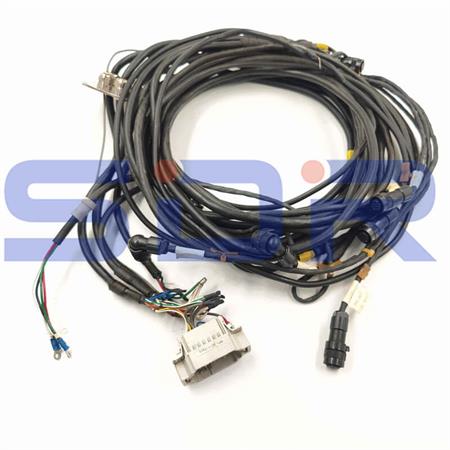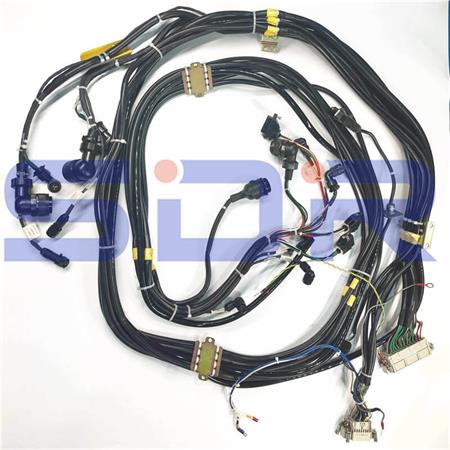Fanuc 1-6 Axis Bodies Cable is an essential component in industrial robotics systems. It plays a crucial role in transmitting power, signals, and data between the Robot Controller and the robot arm. In this article, we will explore the importance of Fanuc 1-6 Axis Bodies Cable and its various applications in industrial automation.Fanuc 1-6 Axis Bodies Cable is a specialized cable designed specifically for Fanuc Robots with 1 to 6 axes. It is responsible for connecting the robot controller to the robot arm, enabling seamless communication and control between the two components.

The Fanuc 1-6 Axis Bodies Cable serves several critical functions in industrial robotics systems:
Power Transmission: The cable carries electrical power from the robot controller to the robot arm, providing the necessary energy for the robot's movements and operations.
Signal Transmission: It transmits control signals from the robot controller to the robot arm, allowing precise control over the robot's movements, speed, and positioning.
Data Transmission: The cable facilitates the exchange of data between the robot controller and the robot arm, enabling real-time feedback and monitoring of the robot's performance.

Fanuc 1-6 Axis Bodies Cable finds extensive use in various industrial automation applications, including:
1.Assembly Lines: It is commonly used in assembly line robots to ensure efficient and accurate assembly of products.
2.Material Handling: The cable enables robots to handle and transport materials in industries such as logistics, warehousing, and manufacturing.
3.Welding and Cutting: Fanuc robots equipped with 1-6 axis bodies cable are widely used in welding and cutting applications, providing precise and reliable results.
4.Painting and Coating: The cable allows robots to perform painting and coating tasks with high precision and consistency.
Fanuc 1-6 Axis Bodies Cable is a critical component in industrial robotics systems, enabling seamless communication and control between the robot controller and the robot arm. Understanding its importance and proper maintenance can help ensure the smooth operation and longevity of industrial automation processes.